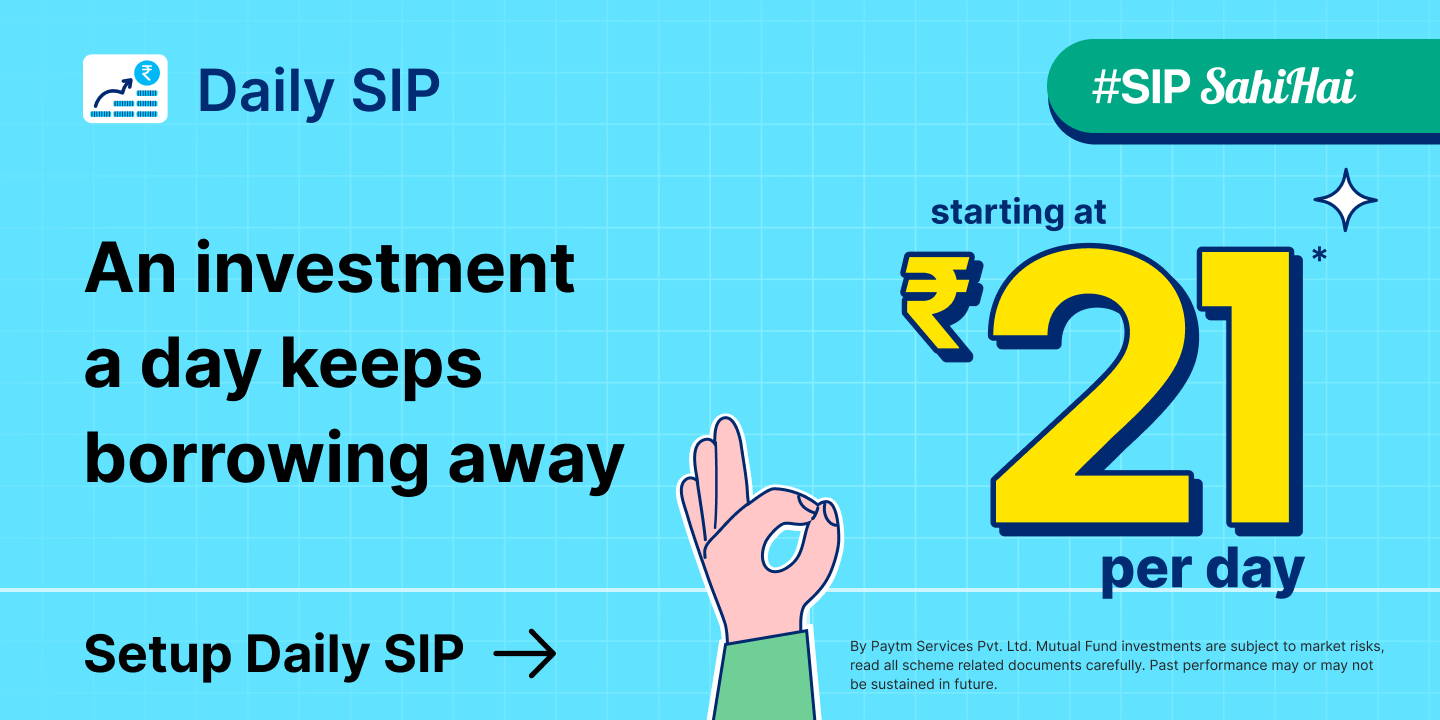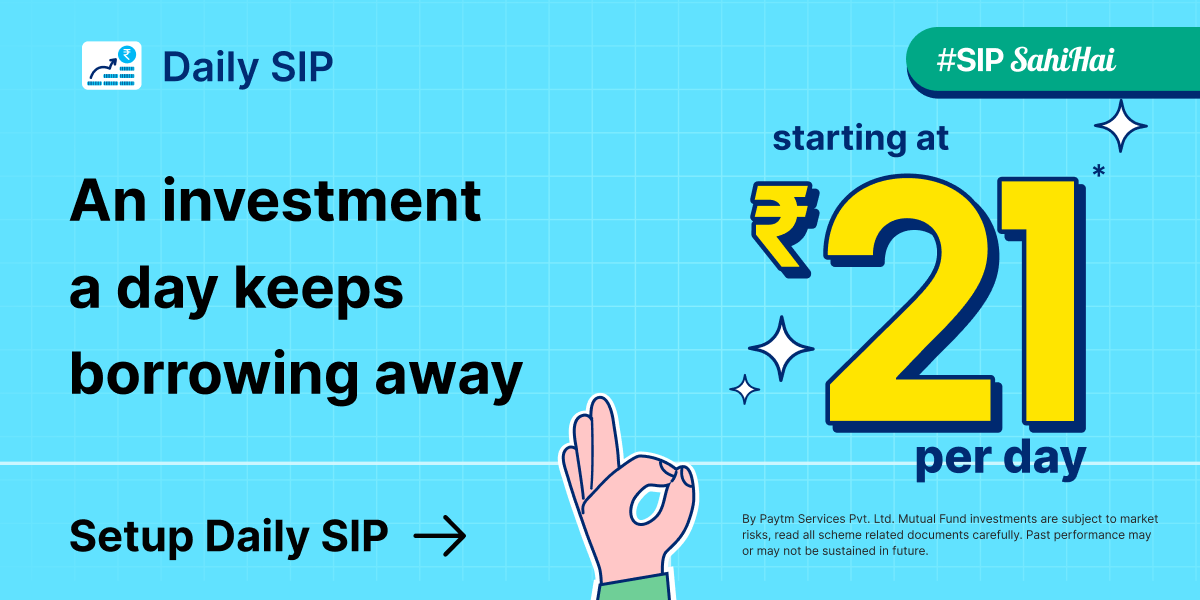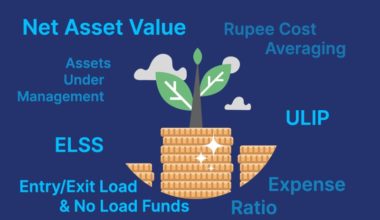A lot of novice investors ask the difference between mutual funds and Systematic Investment Plans (SIPs) but the question is, are there any differences between the two? Basically, no! While mutual fund and SIP investments are the same, we can say that all SIPs are mutual funds but not all mutual funds are SIPs. SIPs are a mode of payment in mutual funds, in which instead of making a lump-sum investment, investors invest periodically. So the right question is not mutual funds vs SIP, but instead about the type of mutual fund investments, which is lump-sum vs SIP.
Lumpsum or SIP – Which is better?
Different investors can have different investment goals and likewise, they may opt for their preferred category of funds, mutual fund schemes, and the mode of payments. A one-time investment is good for debt funds, especially the short-term ones which include liquid funds or income funds. SIPs are better in the case of equity funds or when you want a tax-saver option among the mutual funds, then go for ELSS – Equity Linked Savings Scheme which is a kind of SIP.
However, we draw a comparison between the two on certain parameters as below:
Risk Factor
Although all mutual funds are subject to market risks, funds vary on the risk scale from low to moderate to high risk. Lumpsum investment is good for short-term debt funds, which also carry low risk. For equity funds that are more suitable for the long-term horizon, SIPs balance out the risk factor. The markets go through troughs and crests and lumpsum investment may give high returns in the bull market but you may incur huge losses if markets turn bearish. On the other hand, the impact of volatility is toned down through SIP. You buy units over the long term via SIP, both in the bearish and bullish market, thereby the possibility of huge capital losses is low and gradually, wealth is accumulated.
Cost-Effectiveness
Funds that are performing well catch the eyeballs and more investors invest their money. Thereby, the NAV – Net Asset Value (per unit market value of the fund) rises. Suppose you invest a lump-sum when the NAV is high, you purchase units at higher costs. Now, if you purchase when the NAV is low to buy more units but the funds underperform, then you may bear a loss. With SIP, the cost is averaged out and this is known as the rupee cost averaging benefit of the SIP.
Investment Horizon
Investment horizon differs for every fund scheme based on the time duration in which the fund shall yield returns. Equity funds are suited for long-term investment goals to accumulate corpus, and hence if you invest through SIP, it is advised that you invest for at least 3-5 years. A lump-sum mode of investment is usually suggested for a longer duration of 5-7 years unless you invest in short-term debt funds.
Flexibility
You need to have a huge amount of surplus to invest in mutual funds through the lump-sum model, which can take a toll on you. You may have to cut down on other expenses to save for it or may give a portion of your savings that hampers your financial plan. Whereas, SIPs allow investors to invest through small amounts like Rs. 500 or Rs. 1,000 per month. You can invest small amounts periodically for the long term, with the benefit of rupee cost averaging, and partial/full withdrawal of amount for emergencies. You can also skip some installments without paying a fine, you can increase/decrease the SIP amount, and stop it anytime unlike the Recurring Deposits (RDs) without a fee. This sort of flexibility is not offered when you invest in lump-sum.
Convenience
SIPs are more flexible and light on pockets of people, and hence, more convenient. For the lump-sum mode of investment, you may not be able to accumulate a bulk amount but with SIP, you continue your mutual fund investments. This also develops a saving and investment discipline and is also easy as you can enable auto-deduction from your bank account. Moreover, SIPs reinvest the generated returns in the scheme that gives you compounded returns next time, known as the power of compounding.
Wrapping it up:
Mutual Funds vs SIP is a wrong comparison because there is no difference between the two. A SIP (Systematic Investment Plan) is a mutual fund scheme itself, but instead of lump-sum investment, you make installment investments periodically. Both kinds of investments have their own sets of pros and cons and will suit the purposes of different investors. However, SIPs offer the flexibility of payment where an investor can start with a lower installment instead of a bulk amount.










